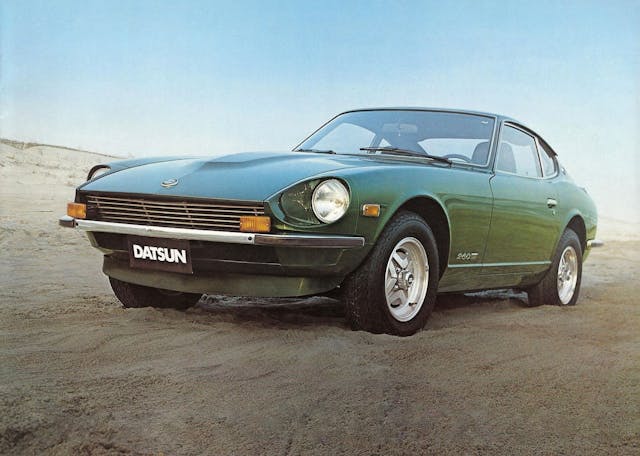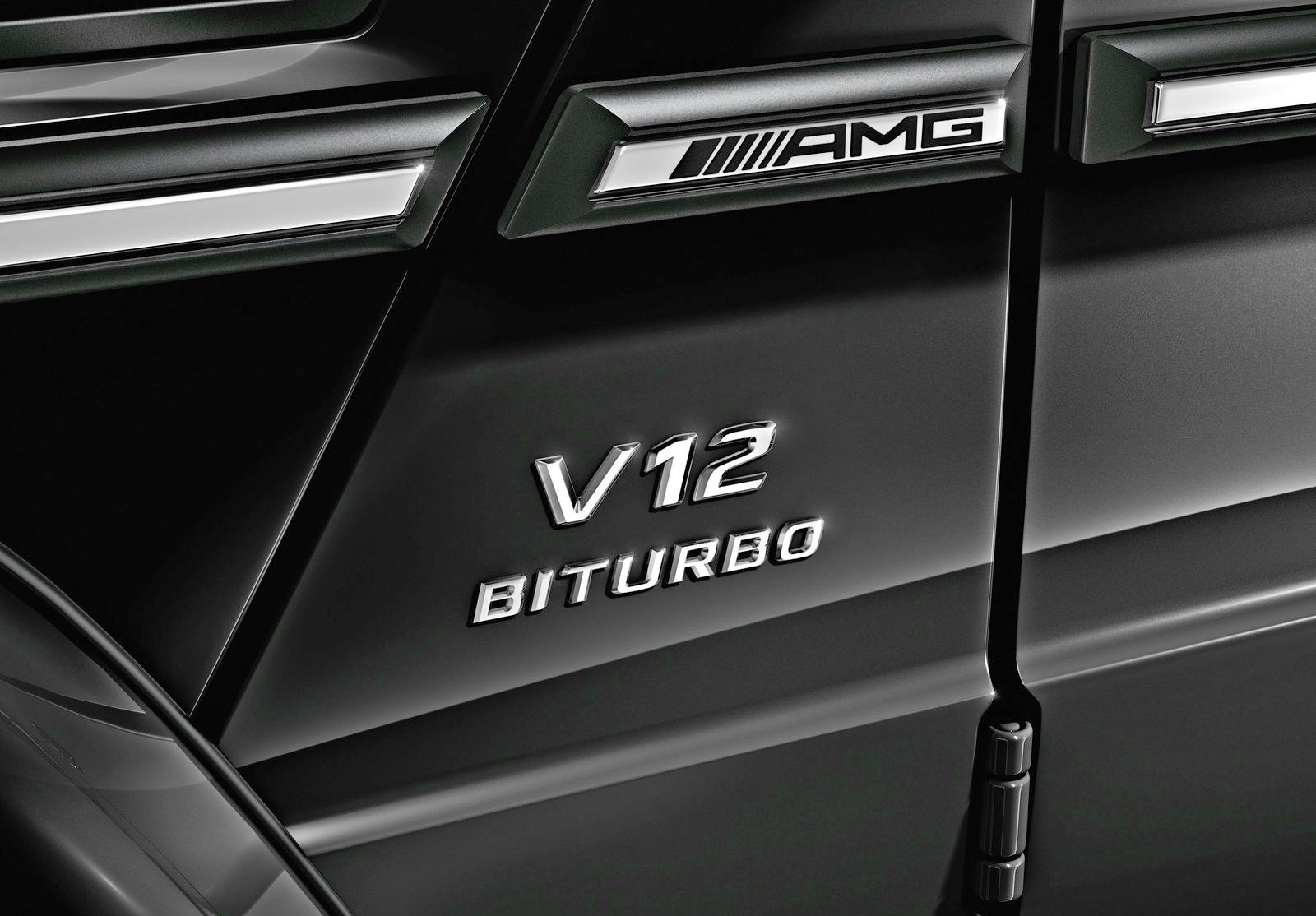Think Small: 5 little vintage vehicles under $20,000
Why is it that so often, little cars equal fun? Here are five classics that fit in that category, all of them under $20,000. Prices are from the Hagerty Price Guide, based on the average value of a vehicle in #3, or Good, condition across the given range of model years. (Want to read more about how we rate a car’s condition? Click here.)
If you want to find the value of a vehicle from a specific model year, look it up using Hagerty’s Valuation Tool. You can even specify trim level and engine choice (if applicable).
1965–74 Saab Sonett ($9918)
Sweden’s idea of a front-wheel-drive sports car was slow—its Ford V-4 engine had 65 horsepower—but not unpleasant to drive. Production of the three models—the Sonett II, Sonett V4, and Sonett III—totaled barely 10,000 vehicles, so they are rare but not unobtainable.

1968–73 Opel GT ($12,300)
Yes, it looks like a baby 1968 Chevrolet Corvette, but the Opel GT is a pretty solid little car on its own. Sold by generally clueless Buick dealers, most Opel GTs had a 102-horsepower four-cylinder and a smooth-shifting four-speed manual transmission.

1974 Datsun 260Z ($17,150)
The 1971–73 240Z is a genuine collector’s item, but the 260Z is sort of overlooked. Virtually the same car as the 240Z but with a bigger engine, the 1974 model was introduced by Datzun as the 260Z, one year before the company introduced the 280Z.
The biggest problem with the 260Z was vapor locking in warm weather, but there’s a fix, and any 260Z that has survived this long probably has been equipped with one of the known solutions. No longer must you drive around with the (rear-opening) hood partly open to cool the 2.6-liter inline six-cylinder.

1986–1995 Suzuki Samurai ($9950)
The Samurai was a 2022 Hagerty Bull Market pick, and the itty bitty 4×4 is definitely loads of fun off-road. On the road, not so much. It is the only press vehicle I parked and refused to drive on my 100-mile hilly daily commute: The 1.3-liter, 63-horsepower four-cylinder couldn’t keep up with traffic.

1984–86 Dodge Omni GLH-T ($9033)
If you don’t mind a steering wheel that makes you feel like a bus driver, you might like the turbocharged Omni. Its drivetrain is a respectable 142-horsepower four-cylinder paired with a slightly balky manual transmission and front-wheel drive. Wider than most small cars, the Omni is a legitimate four-passenger sedan.

***
Check out the Hagerty Media homepage so you don’t miss a single story, or better yet, bookmark it. To get our best stories delivered right to your inbox, subscribe to our newsletters.



We had a maroon ‘84 Omni that we inherited from a Grandma in Brooklyn. 12 years old and it only had that thirty five hundred miles. She drove once to Atlantic City and after that moved it from one side of the street to the other to comply with alternate side of the street parking rules.
We called it Rudy because it was an undersized, unglamorous, dependable overachiever, like the Notre Dame football player in the movie of the same name. It always started, needed very little maintenance and did whatever you asked of it. We loaded it up with the kids’ high school bowling team, strapped a 20 foot wooden kayak to the roof and loaned it to friends when their car was in the shop.
My daughter sold it to buy her first new car and we recognized it on the road years later by bumper stickers we had put on it. I wouldn’t be surprised it’ll it was still dutifully plugging away on the back roads of Staten Island
SOLSTICE GXP W/5SPEED; HANDS DOWN!
I’m not going to lie, I’m surprised to see a Solstice GXP with a manual can be had for under $20k.
Some interesting but basically a compilation of cars you should not buy….
Market so inflated we now think those would be good to own…..hardly !
I have always been curious about the Saab Sonett – thought it would be kind of unique to own, I like the styling, and they are cheap. That said, until this article, I had no idea they were front wheel drive!!
I’ve heard that the Opel GT was targeting the Datsun 1600/2000 Convertible.
Then the 240Z targeted the Opel. Emissions kicked the displacement of the 240 up to 280 and power and emissions plus the fact that it was excellent kicked it up to where it is now.
But a guy I worked with bought a Sonnett and riding and driving it, I thought it might have been trying to go after the Z’s, thoughts?
Since the Sonett entered the market several years before the 240Z, it would’ve been the other way ’round.
Golf 1 GTI. And when you look at more modern, the Peugeot 308 RCZ
The 260Z I had [and many others, apparently] had a bad time with exhaust fumes. It is the back body design, not muffler leaks etc. I worked on this for months but never fixed it all. Beware this model.
My daughter drove a ‘73 Opel GT in high school and college. Picture a tall, thin green eyed blond bombing around town in a red sports car. Dad had to beat the boys off with a stick. It was pretty much trouble free and would barely go fast enough to get her in trouble. The fit and finish was far superior to anything the British produced in that price range.
I once owned a 1977 Datsun F10–simple, efficient, fun to drive manual. Would love to have it now.
The old Datsuns with manual transmission reminded me of an even older ‘70 Datsun pickup too much the wrong way. Brother had a early 80’s 200SX that felt the same way. That old ‘70 Datsun pickup kept chugging way longer and took a lot of abuse for over 10 years, which was considered good back in those days.
Had a 200sx for a while, with the dog leg 5 speed…not sure why they had those, maybe to emulate the Porsche 928s?
bet you can’t find one these days.
I liked them too.
They and the Datsun 310 were pioneers in the FWD market.
Bought a 1985 Omni GLH Turbo new. A quarter mile from the dealership, the engine totally died, and it was trailered back to the dealership. The dealership had to keep it about 10 days before they got another GLH in stock, so that they could put the two together and compare the engine vacuum plumbing side-by-side. It turned out that on my car the factory had misrouted the vacuum lines so that when the turbo got on boost, it interpreted that as an over-boost and shut down the engine. After that, the engine always ran LH. Couldn’t say the same for the clutch cable design. Had two broken cables replaced under warranty. Got really good at driving the car without using the clutch to get it back to the dealership. The GLH had a gorgeous Santa Fe Blue paint job, for about three years, when it started peeling off the primer in sheets. Became a rattle-can paint job. Sold it a couple of years later to a kid who wrecked it on the Bypass about two weeks later. What memories!
I had a couple of Omnis back then. They were unfairly criticized. They did what they were designed to do, and pretty well. (OK…maybe not the pot metal clutch pedal)
Keep in mind, the Omni was meant to be competition for the Chevette. While I found the Omni and its Plymouth twin to be unexceptional but reliable basic transportation, taken in comparison to the Chevette the Omni was a paragon of automotive excellence…
Surprised to not see the ‘73-‘79 first generation Civic on that list. They were loads of fun even though slightly under-powered. Ultra-low weight and a best in class manual transmission shifter made driving the twisty back roads quite rewarding. Prices on these are $10K for a road-ready car that needs some cosmetic work to the mid to high $20K range for a pristine restoration.
Although it may be in the compact category at 180″ long, (7″longer than 2 seat 260Z) I recently purchased a 1984 Mustang LX 5 liter 5 speed convertible, one of only 29 (according to Marti) black ragtops with the leather interior and SVO front seats for $10.5K US. Car had 125K km or around 75K miles when purchased and had the engine seals/gaskets, clutch, brakes and tires recently replaced. All original sheet metal, nice paint and 99% rust free. Fully optioned with working AC. Unmolested survivor with original carb and tape deck. Only mods are 85 and later rims (replacing TRX), Ford shorty headers and dual exhaust. Would take this in a minute over these other cars listed.
The 260Z and the 280Z also came with effective factory A/C, as opposed to the lousy dealer added kits applied to the 240s. And five speed transmissions fit without hacking the tunnel as required to fit one into a series 1 240.
Had a GLH non-turbo when new, even without the turbo, it was a blast to drive, even if it did ride like a buckboard. The turbo added about 30+ horsepower in a 2000 pound car, it was a rocket! Plus a roomy hatch and decent rear seat, and reasonable gas mileage when not driving hard. Mine was very dependable, and never left me stranded. They are hard to find that haven’t led a long and hard life of fun! Note, the photo in the article is a 1984 GLH, the turbo wasn’t available until 1985.
… my two cents… 78′ and up Prelude, Accord and later CRX… 323 gt [ Mazda ], dodge colt and arrow/sapporo were cool lookers..fiat x 1/9 … Porsche 914, gremlin x with 304, … Datsun 510 in any style [plus the pumpkin rear end would work albeit babied, in a 240-60-80 z car if you blew it… , vw bug with 914 transplant lol, they all had their issues but wtf they were what I could afford in the very used market or my time… [ when you got a behind the barn car for $50.00 and resurrected it…